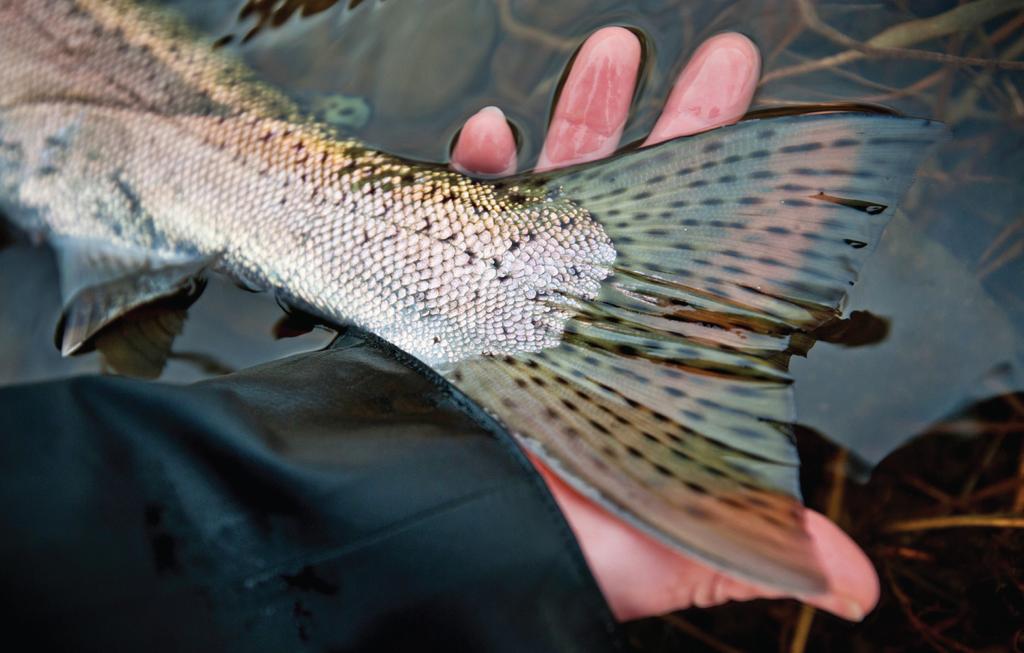
It was January when I moved into a dilapidated trailer in the vineyard country of Sonoma County, a young writer looking to live cheaply while he finished his first novel. Mice scuttled through the heating ducts, but I ignored them as I did the leaky roof and faded shag carpeting. The Russian River, one of the most productive steelhead streams on California’s north coast, was less than 50 yards from my back door, and I was willing to overlook almost any privation to fish it at my leisure.
I knew very little about steelhead at the start. They belonged to the same family as rainbow trout, but I had no idea how tenacious they are. They don’t always die after they spawn, as salmon do. Some steelhead make the river-to-ocean journey two, three, even four times. They venture far afield — to the Bering Sea, to Japan and Baja California — and travel solo rather than in schools. Steelhead are almost impossible to track at sea and seldom wind up in commercial nets. A genetic trigger reminds them when it’s time




